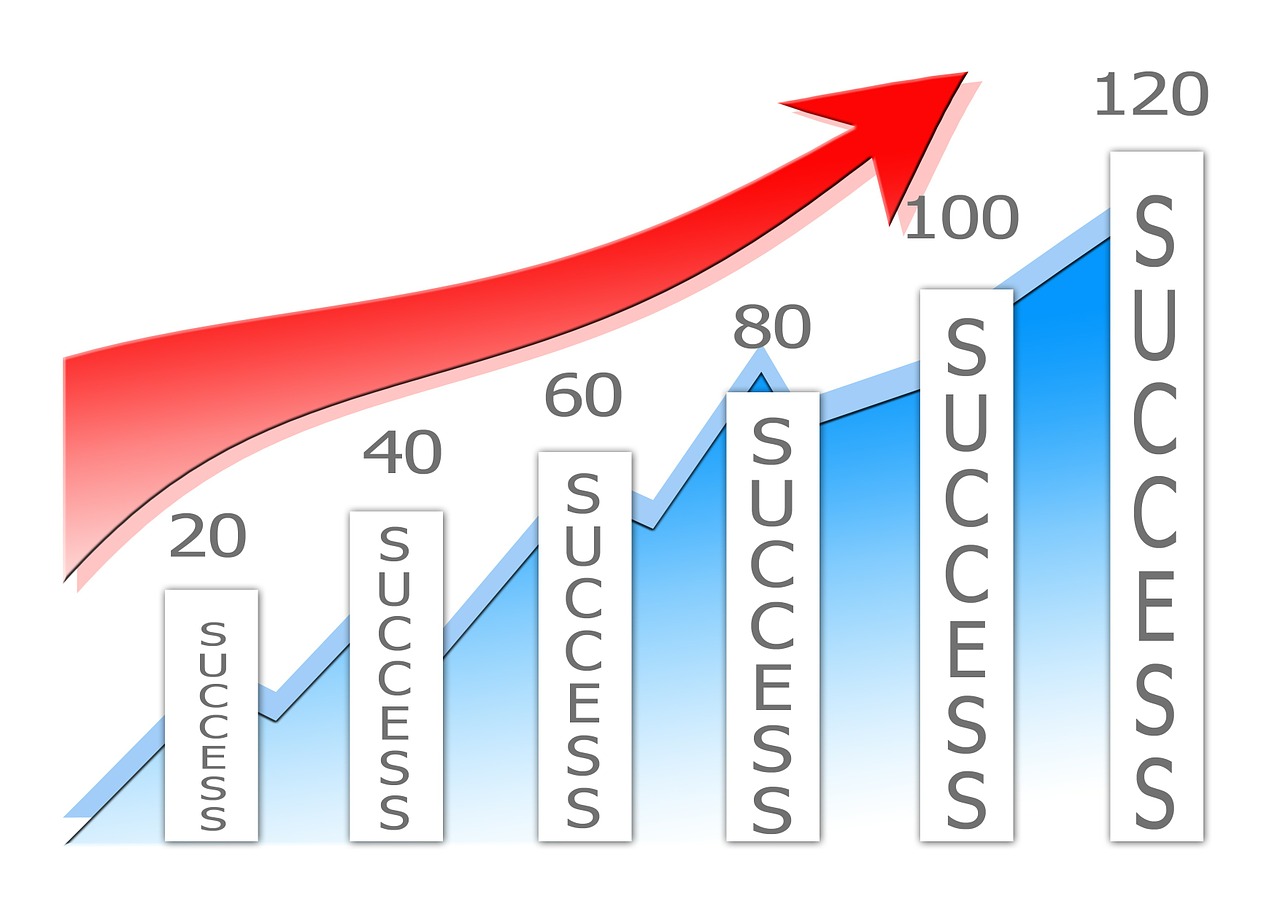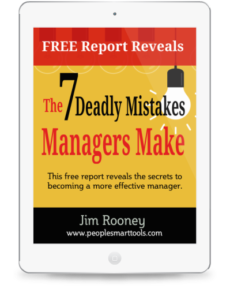Understanding the Seven Hiring Best Practices
“An employer who hires a fool or a bystander is like an archer who shoots at random.” King Soloman ” an ancient businessman and King of Israel, penned this proverb over 5000 years ago.
Hiring effective employees has been the goal of business owners for thousands of years as evidenced by King Solomon.
Try using all or part of these best practices to search for and find employees that are a good fit for your job. Getting a long-term, highly productive employee is worth the time and effort it takes.
1. Create a Project Plan for Hiring
Define the employee selection process from A to Z. Some of the ingredients of this project plan include:
Create a job description that is based on qualifications, duties and desired behaviors.
Select a committee to review resumes and participate in evaluating the candidate.
Write advertising copy and distribute appropriately.
Select semifinalist candidates and conduct an e-mail interview (3 or 4 questions).
Narrow the candidates to 5 finalists and have them respond to a Job Suitability Assessment.
Invite each finalist to meet with the selection committee for an in-person interview.
A project plan is a short description of the goals, processes, and tools needed of each of the individual parts. Most organizations do not have a plan; they make the plan as they go along. Be different and make an employee selection project plan.
2. Construct a Job Responsibility Statement
The process is a group exercise of 3-5 people familiar with the reasons a job exists from a functional viewpoint. The facilitator led group lists all the reasons a job exists (18-25) on a white board. The group bunches similar statements and then refines those into responsibility statements. Typically, there are 3-5 responsibility statements for the identified job. Here is an example for a City Manager job with a city population of 6000.
Leadership: Unify and steer direction of the city by utilizing a team approach to enhance quality of life for our community.
Administration: Provide a safe environment for employees and citizens by organizing and planning daily operations of the city.
Financial: Monitor, direct and prioritize financial operations.
Legal: Carry out policy within legal parameters.
This method brings clarity to demands and responsibilities of the job. It is called a Job Benchmark and is completed early in the selection progression. It influences the other parts of the process.
3. Use Subjective & Objective Data to Evaluate Applicant Suitability
Evaluation of an applicant’s resume and email/in-person interviews is subject to interpretation leading to ‘opinions’ about an applicant’s suitability for the position. Data from assessments provides information that is not intended to persuade, it is provided in neutral language and reports an applicant’s tendencies that will either be helpful or detrimental to their success in performing the job. Combing both methods (subjective AND objective) offers the best chance for hiring candidates that will excel.
Recently a company hired a person that did not fit the needs of the job. His assessment evaluation showed very little match for the job. The hiring authority (his friend) was convinced he was good because of his resume and the fact that he was a school teacher. The new hire did not perform well. He bounced around to different positions not excelling at any of them and created tension in his sphere. After two years and much aggravation, he has found a spot where he can contribute. By using subjective and objective analysis when hiring, mistakes are lessened and valuable employees are found.
4. Conduct Email Interviews
Select 10 to 15 semifinalists to participate in an email interview. Prepare 3 or 4 questions for each candidate to answer using email. Give the applicants 10 days to answer the questions. Their answers will reveal writing ability, honesty, content about their reasoning process and their ability to use email effectively.
Here are two sample questions:
1. Is there an absolute right or wrong? How do you decide what is right or wrong?
2. Tell me about a project you completed and what your methods for finishing the
projects.
When the committee meets for discussion of the email interview, they come to a consensus of the top 5 applicants that advance to the next round. These applicants respond to the online Job Suitability Assessment.
5. Get a Variety of Opinions on Applicant’s Suitability for the Job
Invite each of the five finalists to meet with the selection committee for an in-person interview. The Job Suitability Assessment provides insight into some of the types of questions that need to be asked.
The applicant also should attend a group interview with department heads and select employees in an informal setting. They will be working with this person so their comments matter. This meeting allows employees to get an impression of the capabilities of the applicant and feel like they have a say in the hiring process.
6. Be Diligent in Checking Background
Check for validity of degrees and certifications, criminal background including sex offender, credit score (optional), articles in the media mentioning them, etc. For a more complete picture, also ask their references for references.
7. Create a 90-180 Day On-boarding Plan
An on-boarding plan is the quickest way to bring out the best in the new employee. Some ingredients might include:
Assign a specific coach or mentor for them to meet with weekly.
Upgrade of needed skills (discovered in the selection process) such as Excel, etc.
Provide clear expectations in writing (responsibility statements works well here).
Make sure someone takes the new employee to lunch.
Ensure the new hire has a comfortable chair.
Set up their email account before they arrive.
Give scheduled feedback on their performance 1-3 and 6 months.
King Solomon valued diligence (careful steady effort) in his enterprises. You can reap a strategic advantage over competitors by being diligent to staff your business with great employees. It is a process not an event. Create a mindset that YOU WILL have the best employees in every job! Start today by defining your employee selection process.
Get the right tools and Call Jim Rooney for help:



